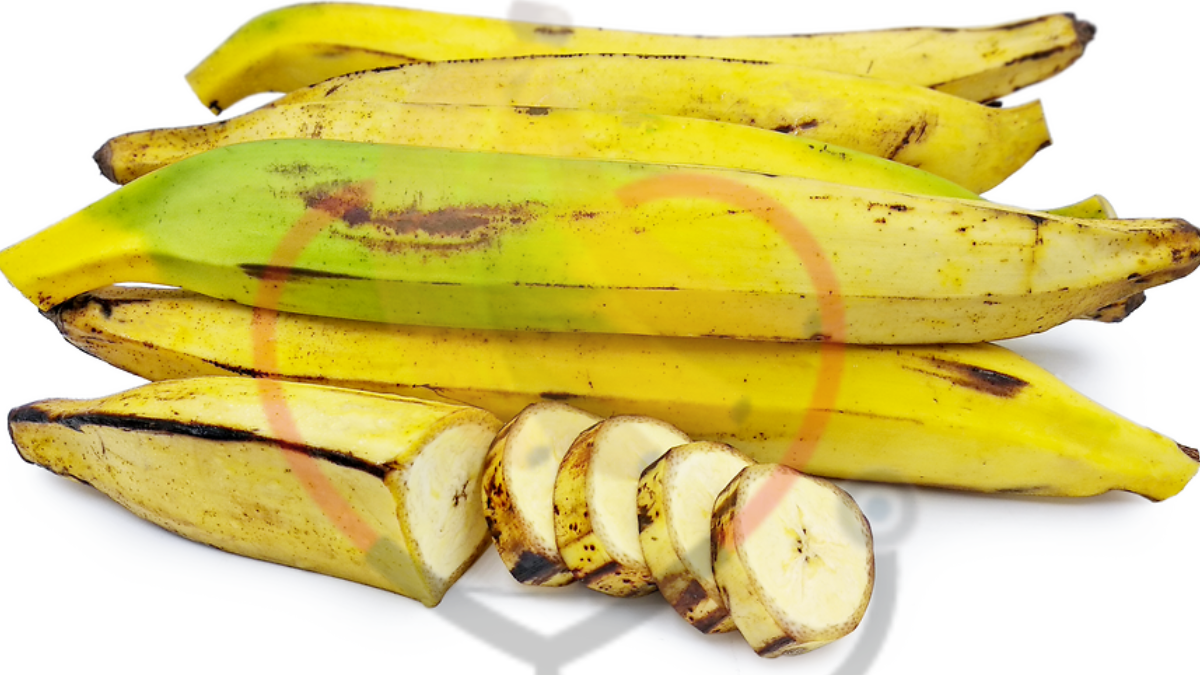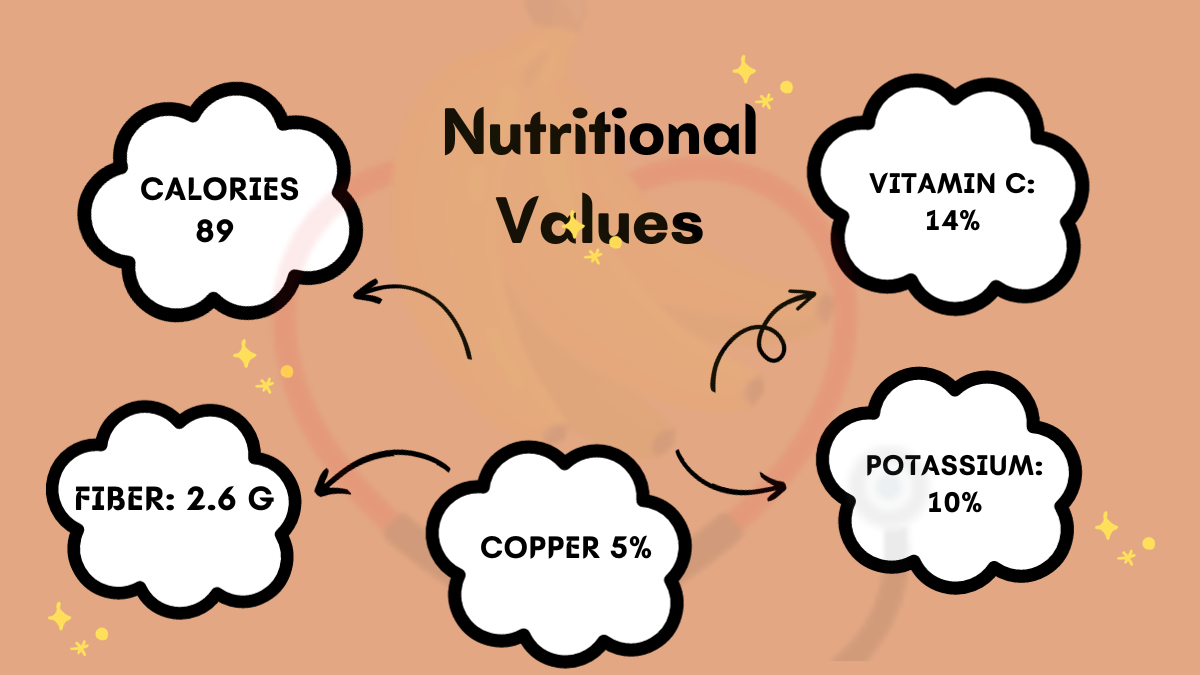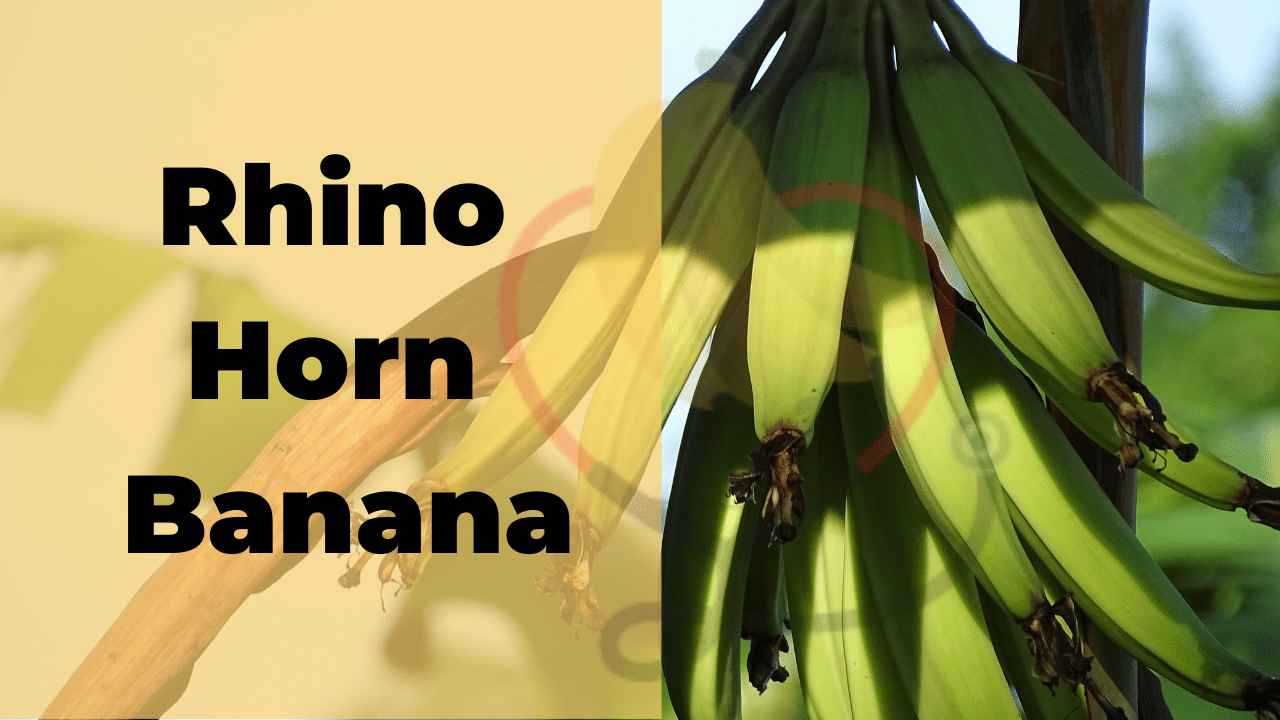Written By Sania Malik || Reviewed By Adeel Abbas
Rhino Horn bananas, also known as Rhino Horn plantains, [1] are a type of banana that originated in West and Central Africa.
They are named after their horn-like shape, which resembles that of a rhinoceros. The fruit is usually large, curved, and has a thick, green skin that turns yellow when ripe.
The flesh is firm, sweet, and nutty, with a hint of tartness. These bananas are popular in many African and Caribbean countries, where they are used for cooking, baking, and snacking.

Rhino Horn bananas are not just a delicious fruit. They are also an important part of the global plant genetic diversity, which refers to the variety of plant species, varieties, and genes that exist in nature and are used by humans for food, medicine, and other purposes.
Plant genetic diversity is essential for maintaining the resilience and adaptability of agriculture to changing environmental conditions, such as climate change, pests, and diseases
Characteristics of Rhino Horn Bananas
Rhino Horn bananas have several unique characteristics that make them valuable. [2] Here are the characteristics of this banana type.
1: Appearance
Rhino Horn bananas are named after their unique shape, which resembles a rhino horn. They are long and curved, with a slight bend towards the tip.
2: Size
Rhino Horn bananas can grow up to 12 inches long and 3 inches wide.
3: Color
When ripe, these bananas have a yellowish-green color with brown spots on the skin.
4: Flavor
They are sweet and tangy, with a creamy texture.
5: Nutritional value
These bananas are a good source of fiber, vitamins, and minerals, including vitamin C, vitamin B6, and potassium.
6: Availability
Rhino Horn bananas are a rare variety that is not widely available in commercial markets, but can sometimes be found at specialty stores or farmers markets.
Nutrition of Rhino Horn Banana
Here are the approximate nutritional values of Rhino Horn bananas per 100 grams. [3]

- Calories: 89
- Carbohydrates: 22.8 g
- Fiber: 2.6 g
- Protein: 1.1 g
- Fat: 0.3 g
- Potassium: 358 mg (10% DV*)
- Vitamin C: 14% DV
- Vitamin B6: 20% DV
- Magnesium: 6% DV
- Copper: 5% DV
DV = Daily Value, based on a 2,000 calorie diet.
Health Benefits of Rhino Horn Banana
Rhino Horn bananas offer several health benefits due to their nutritional content. Here are some of the health benefits of Rhino Horn bananas.[4]

1: Rich in fiber
Rhino Horn bananas are a good source of dietary fiber, which help to regulate digestion, promote satiety, and reduce the risk of certain health conditions such as heart disease, diabetes, and colorectal cancer.
2: High in vitamins and minerals
Rhino Horn are rich in vitamins and minerals, such as vitamin C, vitamin B6, and potassium.
Vitamin C is an antioxidant that helps protect the body from damage caused by free radicals, while vitamin B6 is important for brain development and immune function.
Potassium helps regulate fluid balance, muscle contractions, and blood pressure.
3: Boosts energy
These bananas are a good source of carbohydrates, which provide energy for the body.
They are also low in fat and sodium, making them a healthy snack option for athletes and active individuals.
4: Supports heart health
Rhino Horn bananas are low in saturated fat and cholesterol, making them a heart-healthy food.
The potassium in bananas also help to regulate blood pressure and reduce the risk of stroke.
5: Boosts immunity
The vitamin C in Rhino Horn bananas can help boost the immune system by promoting the production of white blood cells, which help fight off infection and disease.
6: Anti-inflammatory properties
These bananas have anti-inflammatory properties due to the presence of compounds such as serotonin and dopamine.
These compounds help to reduce inflammation in the body, which may lower the risk of chronic diseases such as arthritis, diabetes, and heart disease.
Culinary uses of Rhino Horn Banana
Rhino Horn bananas can be used in a variety of culinary applications. Here are some of the ways Rhino Horn bananas can be used in cooking. [5]
Baked goods
These bananas are used in banana bread, muffins, cakes, and other baked goods. Their sweet, tangy flavor and creamy texture add a unique twist to classic recipes.
Smoothies
These bananas are great for adding natural sweetness and creaminess to smoothies. They pair well with other fruits, such as berries, mango, and pineapple.
Ice cream
These bananas can be blended with coconut milk and other ingredients to make a creamy, dairy-free ice cream.
Curries and stews
These bananas can be used in savory dishes, such as curries and stews. Their sweetness pairs well with spicy flavors and coconut milk.
Grilled
These bananas can be sliced and grilled for a caramelized flavor. They can be served as a side dish or used as a topping for desserts.
Fried
These bananas are sliced and fried for a crispy snack or used as a topping for ice cream or pancakes.
Jam and chutney
Bananas can be used to make jams and chutneys. Their sweetness pairs well with tart flavors, such as lime and ginger.
Recipes of Rhino Horn bananas
Here are three recipes that use Rhino Horn bananas:
Rhino Horn bananas are not just a delicious fruit, but also a valuable resource for biodiversity conservation and sustainable agriculture.
By preserving and utilizing the genetic diversity of Rhino Horn bananas, we can enhance the resilience and adaptability of agriculture to changing environmental conditions, reduce the use of harmful chemicals, and promote cultural diversity and social equity.
The conservation of Rhino Horn bananas requires the active participation and collaboration of farmers, researchers, policymakers, and communities around the world, as well as the adoption of holistic and participatory approaches that recognize the interdependence of nature, culture, and society.
FAQs
Can Rhino Horn bananas be grown in all countries?
Rhino Horn bananas can be grown in tropical and subtropical regions with sufficient rainfall and soil fertility. However, their cultivation is more common in Africa, the Caribbean, and Southeast Asia.
Are Rhino Horn bananas a threatened species?
Yes, Rhino Horn bananas are considered a threatened species due to their low genetic diversity, vulnerability to pests and diseases, and habitat loss.
What are the nutritional benefits of Rhino Horn bananas?
Rhino Horn bananas are a good source of dietary fiber, potassium, and vitamins C and B6. They also contain antioxidants and phytonutrients that may have health benefits.
How can I support the conservation of Rhino Horn bananas?
You can support the conservation of Rhino Horn bananas by consuming and promoting their use, purchasing products made from sustainable sources, supporting local farmers and organizations that promote biodiversity conservation, and raising awareness about the importance of plant genetic diversity.
Are there any other unique banana varieties?
Yes, there are many other unique banana varieties, such as Red Dacca, Blue Java, and Lady Finger, each with their own taste, shape, and cultural significance.

